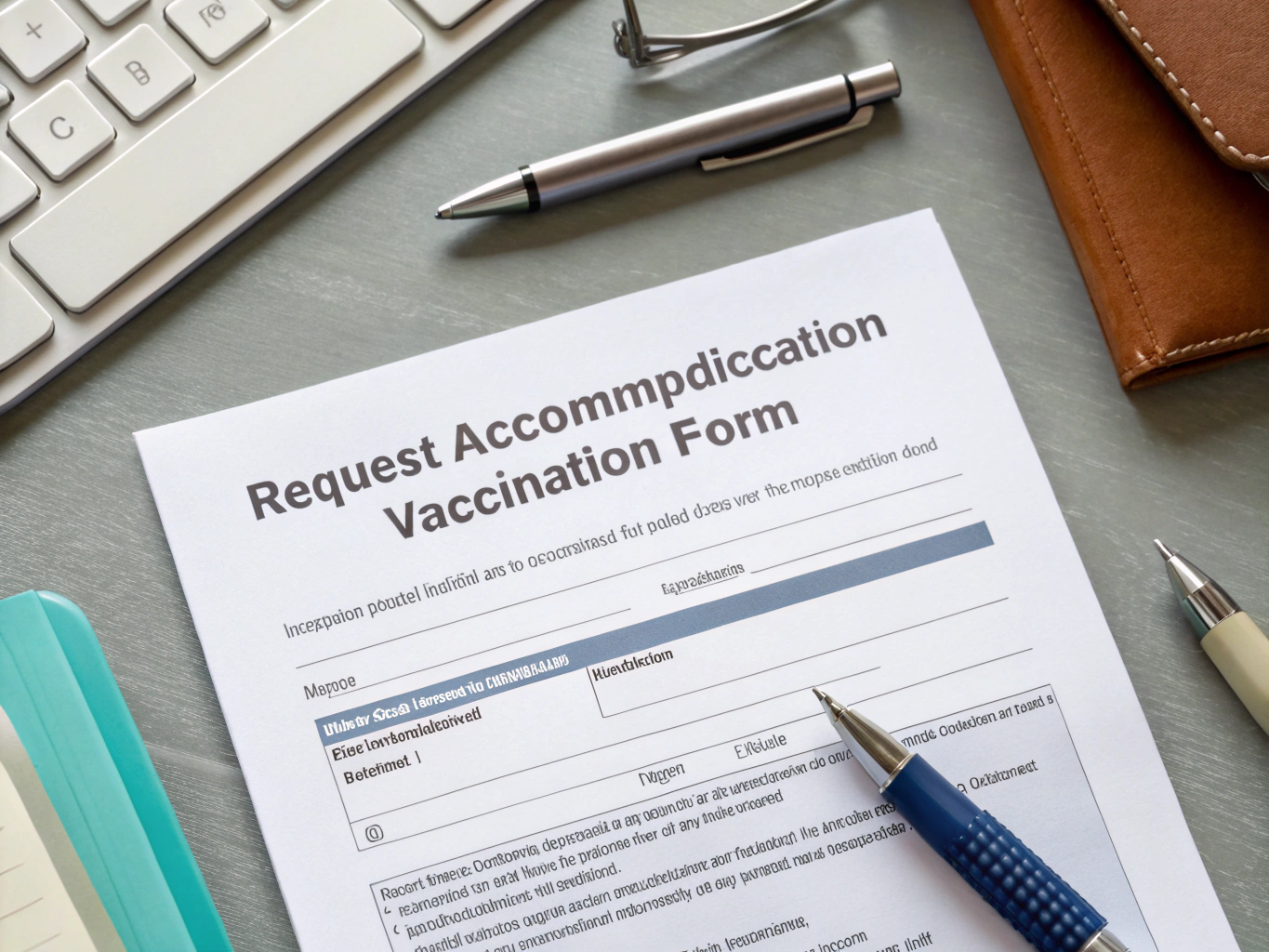What is an Employee Emergency Contact?
An Employee Emergency Contact form is a crucial document that captures essential contact information for individuals designated to be reached in case of an emergency involving an employee. This form is typically used by HR departments to ensure that they can swiftly communicate with the right people during unforeseen events, such as medical emergencies, accidents, or other critical incidents. The aim is to foster a safe workplace by having readily available information when it matters most.
Template
Below is a template you can customize for your organization’s needs:
Employee Emergency Contact Form
Employee Information:
Primary Emergency Contact:
Secondary Emergency Contact:
Medical Information:
Employee Authorization:
I hereby authorize the organization to contact the above individuals in the event of an emergency.
Purpose and Benefits
The Employee Emergency Contact form serves multiple critical purposes in your organization. By collecting and maintaining accurate emergency contact information, you can ensure the safety and well-being of your employees in times of crisis. Here are some key benefits:
- Immediate Communication: Having accessible contact details allows for swift communication with family members or friends during emergencies.
- Enhanced Safety: This form promotes a culture of safety, showing employees that their well-being is a priority for the organization.
- Streamlined Processes: Centralizing emergency contact information simplifies procedures during emergencies, allowing HR and management to act quickly and efficiently.
- Legal Compliance: Maintaining up-to-date records can help with compliance regarding workplace safety regulations and employee welfare.
- Employee Peace of Mind: Knowing that their emergency contacts are documented provides employees with reassurance and promotes trust in the organization.
Essential Components
To create an effective Employee Emergency Contact form, it’s important to include all relevant components that will help in an emergency situation. Here are the essential elements to incorporate:
- Employee Information: Basic details about the employee, including name, ID, and contact information, ensure that the right individual can be contacted.
- Primary and Secondary Contacts: Multiple contacts allow for backup communication options, which is vital if the primary contact is unavailable.
- Medical Information: Details such as allergies and medical conditions help responders provide appropriate care in emergencies.
- Employee Authorization: A clear authorization statement ensures that the organization has consent to reach out to designated contacts when necessary.
How to Use This Form
Implementing the Employee Emergency Contact form effectively requires a few key steps. Here are some practical tips:
- Accessibility: Ensure the form is easily accessible to HR personnel and any designated staff involved in emergency procedures.
- Regular Updates: Set reminders for employees to update their emergency contact information at least once a year, or whenever changes occur.
- Training Sessions: Conduct training for staff on the importance of keeping emergency contact information current and how to fill out the form correctly.
- Secure Storage: Use secure systems for storing completed forms to protect the privacy of employees’ information.
Legal and Compliance Considerations
Handling personal information requires compliance with data protection laws, including GDPR or HIPAA, depending on your location and industry. Ensure that your organization has clear policies in place regarding the collection, storage, and use of emergency contact information to protect employee privacy.
Best Practices
To maximize the effectiveness of your Employee Emergency Contact form, consider these best practices:
- Encourage Transparency: Foster an open environment where employees feel comfortable sharing their emergency contact information without fear of misuse.
- Use Digital Tools: Implement electronic forms and storage solutions to streamline the collection and updating process.
- Communicate Regularly: Remind employees periodically about the importance of the form and the need for updates to ensure accuracy.
- Conduct Mock Drills: Include emergency contact procedures in safety drills to familiarize employees with the process and importance of the form.




